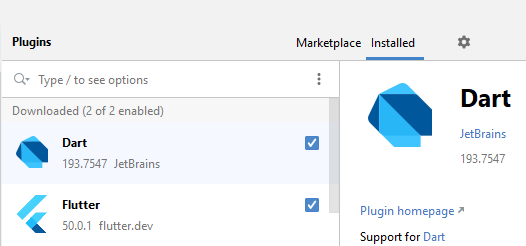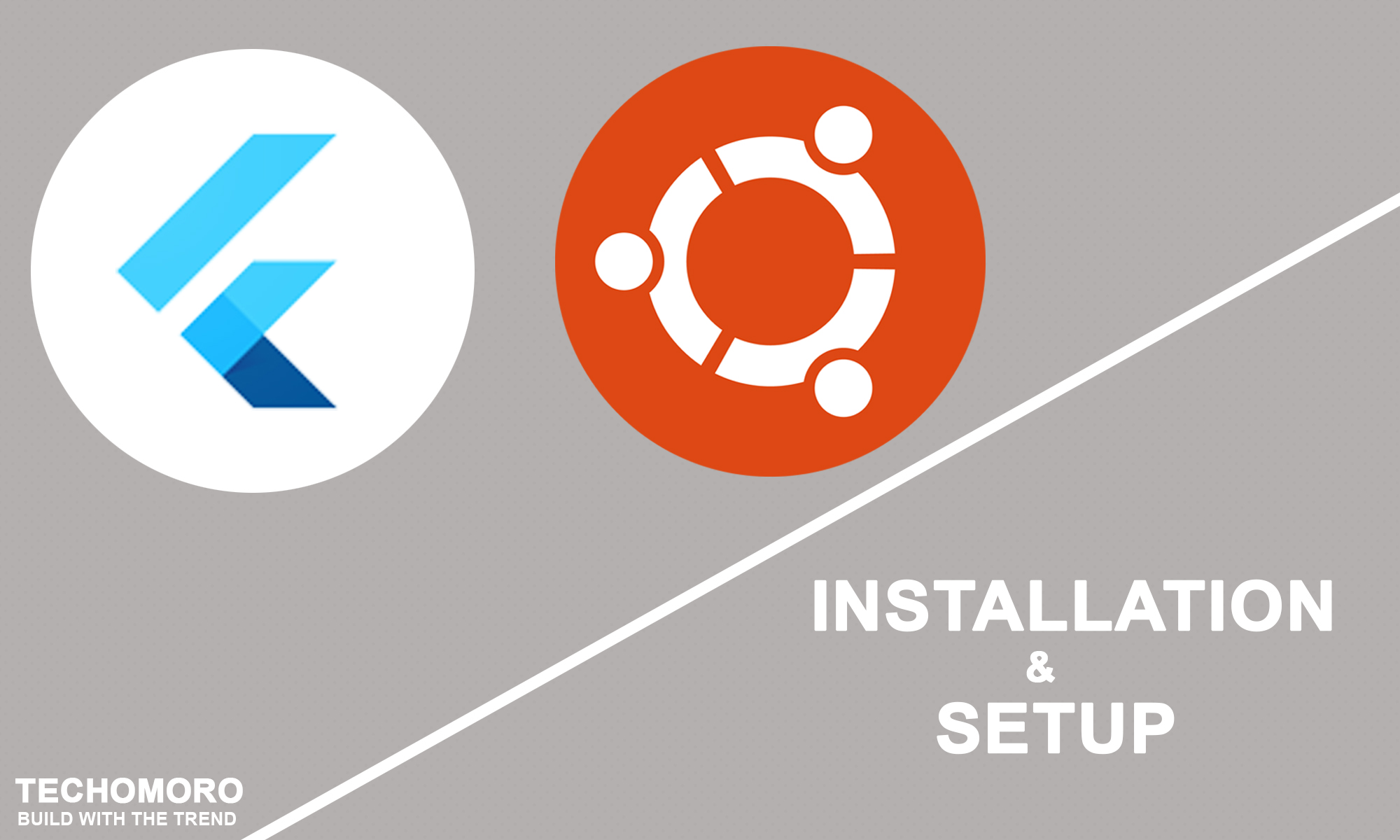

The Flutter authors addressed this with plugins and platform channels, which let messages pass between Dart and platform code. You need a bridge between the two that takes code Dart understands and translates it to code that Java, Kotlin, Swift or Objective-C understand. The Dart compiler can’t use the same types, memory layouts, function signatures and other lower-level conventions your platform code uses. Platform Channels and Pluginsĭart code can’t interoperate with platform code directly. These plugins or packages expose a Dart interface that you can use to invoke platform code over platform channels. Sometimes, external plugins or packages let you write Dart code to work indirectly with these devices. For the purposes of this tutorial, call this code platform code.
#WHERE DOES FLUTTER INSTALL DART ANDROID#
Working directly with these devices requires Java/Kotlin code on Android or Objective-C/Swift code on iOS. Your Dart code can use any of the functionality available in the Dart standard library, like opening a file or network connection.īut the Dart standard library only exposes a small amount of the functionality available to devices or operating systems.įor example, you can’t use Dart code to work directly with the speakers, camera or microphone. In a Flutter app, Dart code runs alongside the Flutter framework, calculating widget sizes and drawing to the screen at around 60 frames per second:

How a Flutter app can use FFI to call code written in C.īefore you start, consider what’s going on under the hood of a Flutter app.To automatically compile and link C code when building a Flutter app.How FFI differs from Flutter platform channels.About FFI and how it lets Dart code invoke code written in other languages.
#WHERE DOES FLUTTER INSTALL DART HOW TO#
In this tutorial, you’ll learn how to invoke native code by building WeatherFFI, a Flutter app that generates basic, albeit fake, weather data from a native library.

That’s great news for Flutter developers! If you’re new to FFI, now is the perfect time to explore taking your Flutter app beyond Dart. However, with Dart v2.13, Dart FFI is now available on the stable channel. Developers have been able to integrate Dart with native code in beta for some time. Or you might need to link a specific external binary shared library, like TensorFlow or PyTorch Mobile.įoreign function interface, or FFI, involves code written in one language interfacing with another language. Your app might have performance-critical code that would benefit from being written in a lower-level language like C, C++ or Rust. Dart is a great language, but it doesn’t expose all the functionality you might need for a Flutter app.


 0 kommentar(er)
0 kommentar(er)
